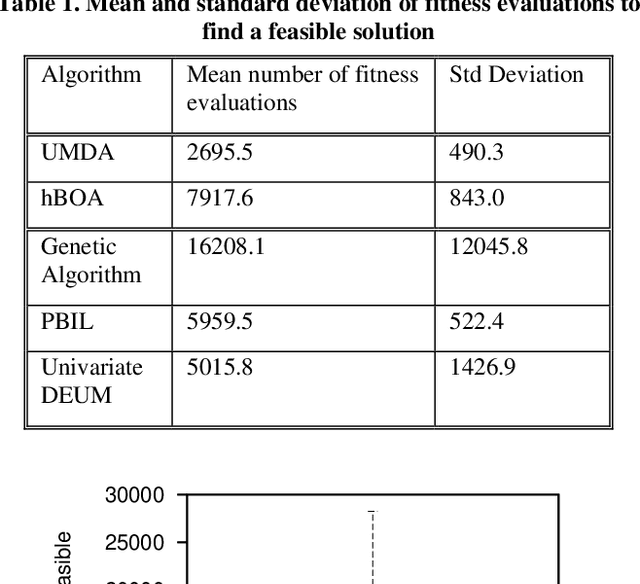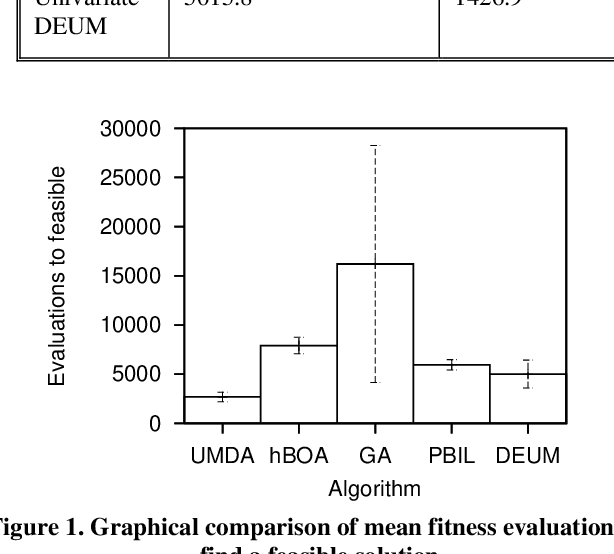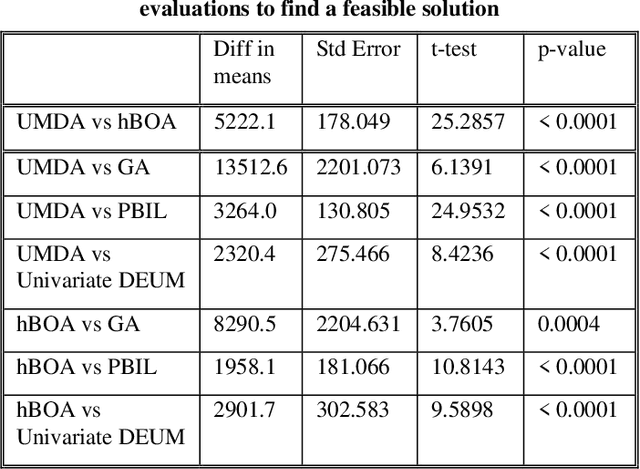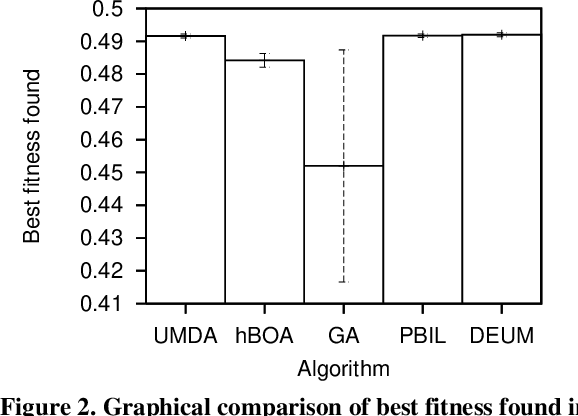Andrei Petrovski
A Systematic Literature Review on Deep Learning-based Depth Estimation in Computer Vision
Jan 09, 2025



Abstract:Depth estimation (DE) provides spatial information about a scene and enables tasks such as 3D reconstruction, object detection, and scene understanding. Recently, there has been an increasing interest in using deep learning (DL)-based methods for DE. Traditional techniques rely on handcrafted features that often struggle to generalise to diverse scenes and require extensive manual tuning. However, DL models for DE can automatically extract relevant features from input data, adapt to various scene conditions, and generalise well to unseen environments. Numerous DL-based methods have been developed, making it necessary to survey and synthesize the state-of-the-art (SOTA). Previous reviews on DE have mainly focused on either monocular or stereo-based techniques, rather than comprehensively reviewing DE. Furthermore, to the best of our knowledge, there is no systematic literature review (SLR) that comprehensively focuses on DE. Therefore, this SLR study is being conducted. Initially, electronic databases were searched for relevant publications, resulting in 1284 publications. Using defined exclusion and quality criteria, 128 publications were shortlisted and further filtered to select 59 high-quality primary studies. These studies were analysed to extract data and answer defined research questions. Based on the results, DL methods were developed for mainly three different types of DE: monocular, stereo, and multi-view. 20 publicly available datasets were used to train, test, and evaluate DL models for DE, with KITTI, NYU Depth V2, and Make 3D being the most used datasets. 29 evaluation metrics were used to assess the performance of DE. 35 base models were reported in the primary studies, and the top five most-used base models were ResNet-50, ResNet-18, ResNet-101, U-Net, and VGG-16. Finally, the lack of ground truth data was among the most significant challenges reported by primary studies.
DataDRILL: Formation Pressure Prediction and Kick Detection for Drilling Rigs
Sep 29, 2024Abstract:Accurate real-time prediction of formation pressure and kick detection is crucial for drilling operations, as it can significantly improve decision-making and the cost-effectiveness of the process. Data-driven models have gained popularity for automating drilling operations by predicting formation pressure and detecting kicks. However, the current literature does not make supporting datasets publicly available to advance research in the field of drilling rigs, thus impeding technological progress in this domain. This paper introduces two new datasets to support researchers in developing intelligent algorithms to enhance oil/gas well drilling research. The datasets include data samples for formation pressure prediction and kick detection with 28 drilling variables and more than 2000 data samples. Principal component regression is employed to forecast formation pressure, while principal component analysis is utilized to identify kicks for the dataset's technical validation. Notably, the R2 and Residual Predictive Deviation scores for principal component regression are 0.78 and 0.922, respectively.
An Application of a Multivariate Estimation of Distribution Algorithm to Cancer Chemotherapy
May 17, 2022



Abstract:Chemotherapy treatment for cancer is a complex optimisation problem with a large number of interacting variables and constraints. A number of different probabilistic algorithms have been applied to it with varying success. In this paper we expand on this by applying two estimation of distribution algorithms to the problem. One is UMDA, which uses a univariate probabilistic model similar to previously applied EDAs. The other is hBOA, the first EDA using a multivariate probabilistic model to be applied to the chemotherapy problem. While instinct would lead us to predict that the more sophisticated algorithm would yield better performance on a complex problem like this, we show that it is outperformed by the algorithms using the simpler univariate model. We hypothesise that this is caused by the more sophisticated algorithm being impeded by the large number of interactions in the problem which are unnecessary for its solution.
 Add to Chrome
Add to Chrome Add to Firefox
Add to Firefox Add to Edge
Add to Edge